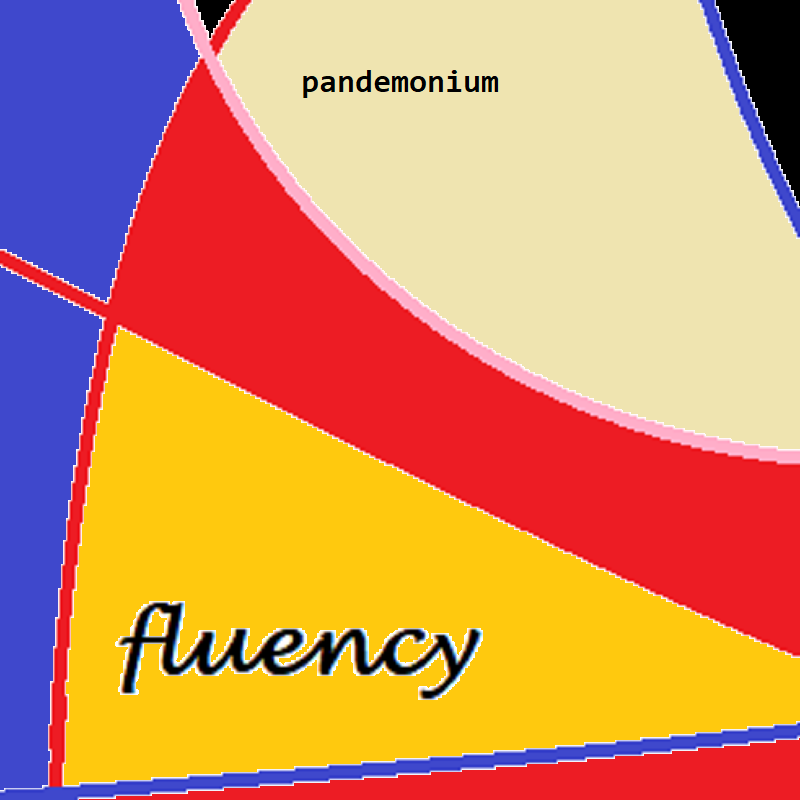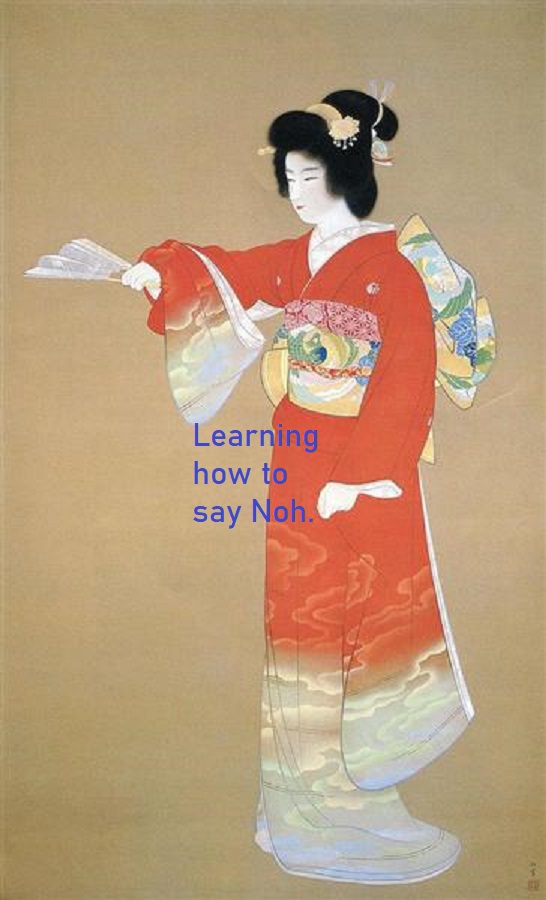Sacred Mountain
I. Dark Prologue
Walking through the hillside,
with a hiking bag slung over my shoulder
and a pair of dusty shoes, I feel the cold
seep into my bones, making me shiver.
The dim night, the howling wind. I drag my heavy feet,
continuing along the mountain’s flank.
My consciousness gradually fades,
blurring the boundary between reality and illusion.
II. Debris Narrative Piece
Perhaps I have returned to a reality
long buried in my memories.
My classmates turned my back into an ant’s paradise.
When their pranks crossed a certain point,
it felt as if an engine roared in my mind.
Powerless and angry, only cold and flame remained.
Mocking laughter was like the stench of rotting corpses.
Vultures might love it, but I detest it. Perhaps,
the vultures are the classmates themselves. Perhaps
they find joy in teasing one another. Perhaps,
the classmates: one, two, three, more.
Vultures: one, two, three, more.
The Sacred Mountain reappears before my eyes.
III. Rebel Sonata
Shadows flicker; the road is rugged;
the heavy snow strikes my face,
stretching endlessly before me.
I dream, I pray, hoping there aren’t
so many vultures attacking.
I dream, I pray to become a black-clad warrior,
to withstand all forms of malice.
I dream, I pray to reach the mountaintop
and find a tranquil realm—a place without
discrimination, war, or divisions.
Bellies, teeth, and fur. The vultures’ bodies
come into focus before me.
Their long claws shoot flames,
swift as lightning, like Wolverine’s in the movie,
longer than the epic of the Mahabharata.
The earth splits, and the shrubwood is destroyed.
Flames stab across my down coat,
almost scorching my hiking bag with violent burns.
The flames, like serpentine trails, dart everywhere,
burning everything. Their wings whirl,
bringing a huge chill wind,
akin to this arctic climate.
Fear is a tangible reality,
yet the shadow of fear within me
is more terrible than fear itself.
The vultures are the enemies;
fear is instant, always present in life.
They attack, they revel, they laugh madly.
I struggle madly to resist.
IV. Freedom Rhapsody
Unsolved math problems sway like classmates’ proud heads,
always presenting puzzles instead of solutions.
Their voices echoed in the classroom,
turning into atonal music,
reminiscent of Igor Stravinsky.
With blades drawn in my imagination,
I cut away my incompetent self.
Whatever the cost, I hope to achieve one thing.
I aspire, I pray, I cannot fall on this treacherous journey.
I aspire, I pray, to keep marching forward.
My flashlight not only illuminates the path ahead,
it also becomes a sword, slaying my weaknesses
on the frigid trail to the Sacred Mountain.
V. Solo Piece
When they prepared their mischief once more,
I rose, statuesque, with a voice like rolling thunder,
and said, “No.” My voice was loud: once, twice, thrice.
It drove away the vultures before they could plunge me
off the cliff. Yes, I can.
“I believe I can say no to the malice in life.
I can become my black-clad warrior,
driving away bothersome vultures
and all manner of monsters.
I try, try,
again, like Sisyphus confronting his boulder.”
Red Blood
Blood rain is dripping
from the battlefield in the Far East now.
Every second. Every ruin.
Every window. Every child.
The blood moon makes someone shiver
with a special prophecy.
Women varnish a bloody red with painted nails.
An American friend has a bloody floor.
He was scratched by a bloody-haired cat,
his arm bleeding red over the screen
of his phone, smeared with blood last week.
The sunset, “暮” in Chinese words,
turns at dusk into a giant, red blood egg.
The yolk spills into the mushroom soup,
becoming a red-blood delicacy
with a juicy, rare, blood-spattered steak.
A medical-themed drink— Blood Energy Potion,
popular in 2014. Back in 1957, A painting—
“Black in Deep Red” an abstract collision from.
Yukio Mishima’s self-martyrdom
was an avant-garde show.
A display of red, an art of blood.
The uncanny cup my teacher,
bought yesterday, seeping blood.
The Bombax ceiba blooms with a vital red.
The sudden snow last year in Portland
dropped red on my blood-covered poetry,
a memory of a deceased friend.
The friend’s name is pronounced like blood.
He was soaked in a bloody past.
A bleeding rose now grows before my eyes.
The red won’t let me forget.
It will flow into him at the grave,
whispering longing to him.
But Life Goes On
No one can touch my heart
It is as cold as the Arctic Frost
Friendship in the tech age
is Higanbana of flowers
Unreachable –
Unattainable –
My desire is lost
I stand on the Tower Bridge
amidst the dense fog
Faded memories drift through
not this foggy day
The vivid past has faded, somehow
And the party on the lawn
the dance during the party
the laughter of peals
echoed from yesterday
That’s yours, theirs and
is a blurred world
Where everyone is near
As I reach out the misty rain
like pine needles
it pierces my skin into London’s fogs
I can touch the raindrops
not grasp the joyous past
nor the distant future
within the fleeting mist
I want to ask
Will Men be one?
Will wars be none?
Will all races come together
And exist as one?
As the fog lifts
I am still here
Nothingness
Nothingness is silent,
yet contains all sounds,
empty, yet empty of nothing.
Nothingness is water—
water without shape.
Pour it into an indigo cup,
and the water takes the shape of the cup—
that is emptiness,
like someone truly seeing reality.
But nothingness is something
that reaches emptily toward itself.
Yucheng Tao, from China, is studying songwriting at the MI College of Contemporary Music in Los Angeles. His poetry has appeared in multiple literary venues, including three Wingless Dreamer’s Open Theme contest selections. NonBinary Review later reprinted his poem” Blue Horse” alongside an author interview. Synchronized Chaos featured three of his poems, while his work also appeared in Ink Nest, The Arcanist, Moonstone Art Center, Poetry Potion, and Literary Yard, Spillwords.









